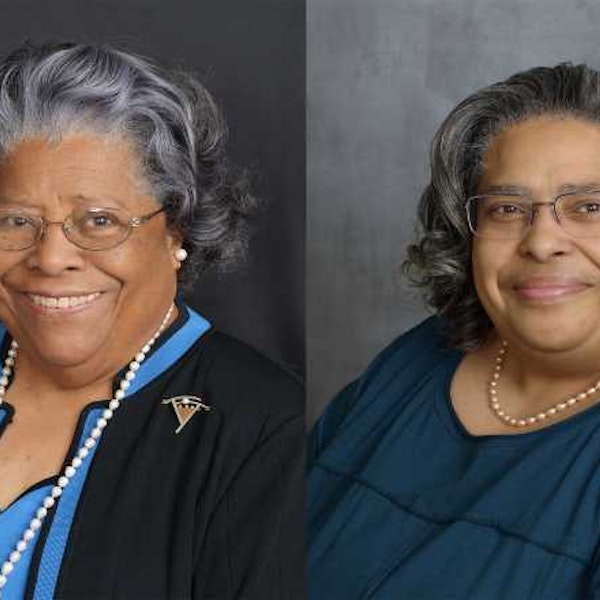Rocky Fork: The Beginning
Ordinary people living their lives. That is the collective history of the Rocky Fork area.
From those in bondage seeking freedom to those seeking a welcome and opportunity, people came to this place simply to live their lives and raise their children. Generation after generation, they called this place “home.”
The Rocky Fork area, a National Network to Freedom Underground Railroad site in Godfrey, Madison County, covers an area that now includes residential, private recreational lands and the grounds of New Bethel AME Church. As early as 1816, the area is believed to have been a passageway for freedom seekers. Just a year later, six slaves were registered as indentured servants by the owner of a newly established tavern/distillery, at the junction of Piasa and Sugar/Rocky Fork creeks. By 1830, the area was well within the Underground Railroad route of Priscilla Baltimore. Known as “The Moses of the West,” Mother Baltimore brought many through Rocky Fork and was instrumental in founding its community.
While the land was wild and a bit forbidding, it was valuable. Landowners Don Alonzo Spaulding and Andrew T. Hawley were the types of men who put their beliefs into action. They and their families were active abolitionists believed to be Underground Railroad agents. The lands they owned need to be cleared. Their farms required workers. Both men offered freedom seekers work and the potential to acquire land.

In 1839, Mother Baltimore brought circuit-riding AME Minister William Paul Quinn to meet with the people at Rocky Fork. Rev. Quinn gathered the people together as a formal AME Church group before continuing in his westward mission. Through Rev Quinn’s efforts, a call was made for a resident spiritual leader. Rev. Erasmus Green and Mrs. Eliza Jane Green answered that call in 1857. In the meantime, more people came to the area by boat, long swim, and overland routes. They purchased land through outright cash sales and work-for-purchase arrangements. These include the Parks and Wilkenson, families. By 1869, Reverend Green had helped raise the first building to house the Bethel AME Rocky Fork Church and school, the center of a community.
The 1880 Census numbers the community at 368 Black and Mulatto individuals. Who were these ordinary people living their lives, raising their children? What has become of them and their home?
Join us as we continue the journey through Black history in southwest Illinois next month.
About the Author

Charlotte E. Johnson & Reneé B. Johnson